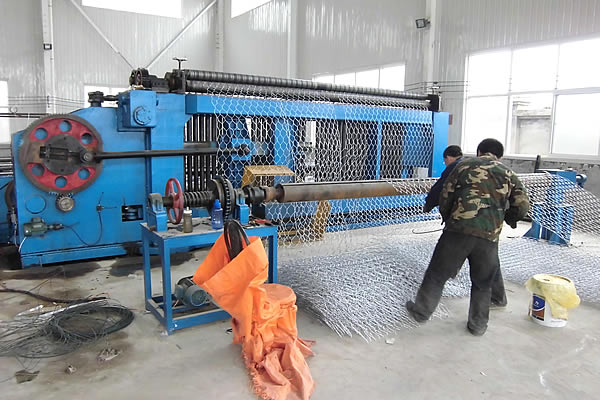 TEL:
+86-13102802206
TEL:
+86-13102802206
 Email:
fencenetting@china.com
Email:
fencenetting@china.com
 Language
Language
 TEL:
+86-13102802206
TEL:
+86-13102802206
 Email:
fencenetting@china.com
Email:
fencenetting@china.com
 Language
Language


The Woven Field Fence A Blend of Tradition and Utility
In the realm of agricultural infrastructure, the woven field fence stands as a testament to the harmonious blend of practicality and craftsmanship. This type of fencing, composed of interlaced wires, often evokes images of idyllic countryside landscapes, where fields of corn and wheat sway in the breeze and livestock roam freely, contained yet unhindered by the constraints of traditional barriers. As we delve into the significance and benefits of woven field fences, it becomes clear why they remain a popular choice for farmers and landowners alike.
One of the primary advantages of woven field fencing is its durability. Constructed from high-quality materials, such as galvanized steel or coated wire, these fences are designed to withstand the rigors of time and the elements. Weather conditions can take a toll on lesser types of fencing; however, woven fences maintain their integrity even in harsh climates. The interwoven pattern provides a level of strength that allows it to endure the pressure exerted by animals, wind, and other external factors, ensuring that the enclosure remains secure for years without requiring constant repairs.
Additionally, the versatility of woven field fences is remarkable. They can be adapted to suit various purposes, whether it's for containing livestock, protecting crops from wildlife, or delineating property boundaries. The customizable height and spacing between the wires allow landowners to create fences tailored to their unique needs. For instance, a farmer raising sheep may opt for a lower fence with closer wire spacing, while those with larger animals like cows may choose a taller design with wider gaps. This adaptability makes woven field fences an ideal solution for diverse agricultural practices.

In an era where sustainable farming and eco-friendly practices are gaining traction, woven field fencing also aligns with these principles. Unlike wooden fences, which contribute to deforestation, woven fences can be made from recycled materials. This not only minimizes environmental impact but also helps in reducing costs associated with materials. Moreover, the longevity of woven fences means fewer resources are required for maintenance and replacement, promoting a more sustainable approach to land management.
Moreover, woven field fences enhance the aesthetic appeal of a property. They create a rustic charm that complements the natural beauty of the landscape. Their unobtrusive design allows for clear sightlines while still providing effective containment for livestock. This is especially important for farmers who wish to maintain the visual integrity of their land without compromising on functionality. Indeed, woven fences blend seamlessly into the environment, enriching the overall ambiance of rural settings.
From a safety perspective, these fences enhance the well-being of both animals and crops. By keeping livestock contained, woven field fences prevent them from wandering into potentially hazardous areas, such as highways or poisonous plants. Additionally, protecting crops from intruding wildlife ensures a better yield, directly impacting the profitability of farming operations. This dual function contributes significantly to the viability and success of agricultural ventures.
In conclusion, the woven field fence is more than just a practical solution for landowners; it is a symbol of tradition, sustainability, and adaptability. Its enduring design and functionality make it a valuable asset in modern agricultural practices. As we look towards the future of farming, embracing structures like the woven field fence may well be essential for balancing productivity with ecological responsibility. Whether enclosing a sprawling farm or demarcating a small garden, these fences offer an effective, aesthetically pleasing solution that upholds the values of craftsmanship and utility. Such timeless tools remind us of our connection to the land and the importance of creating harmony between nature and agriculture.